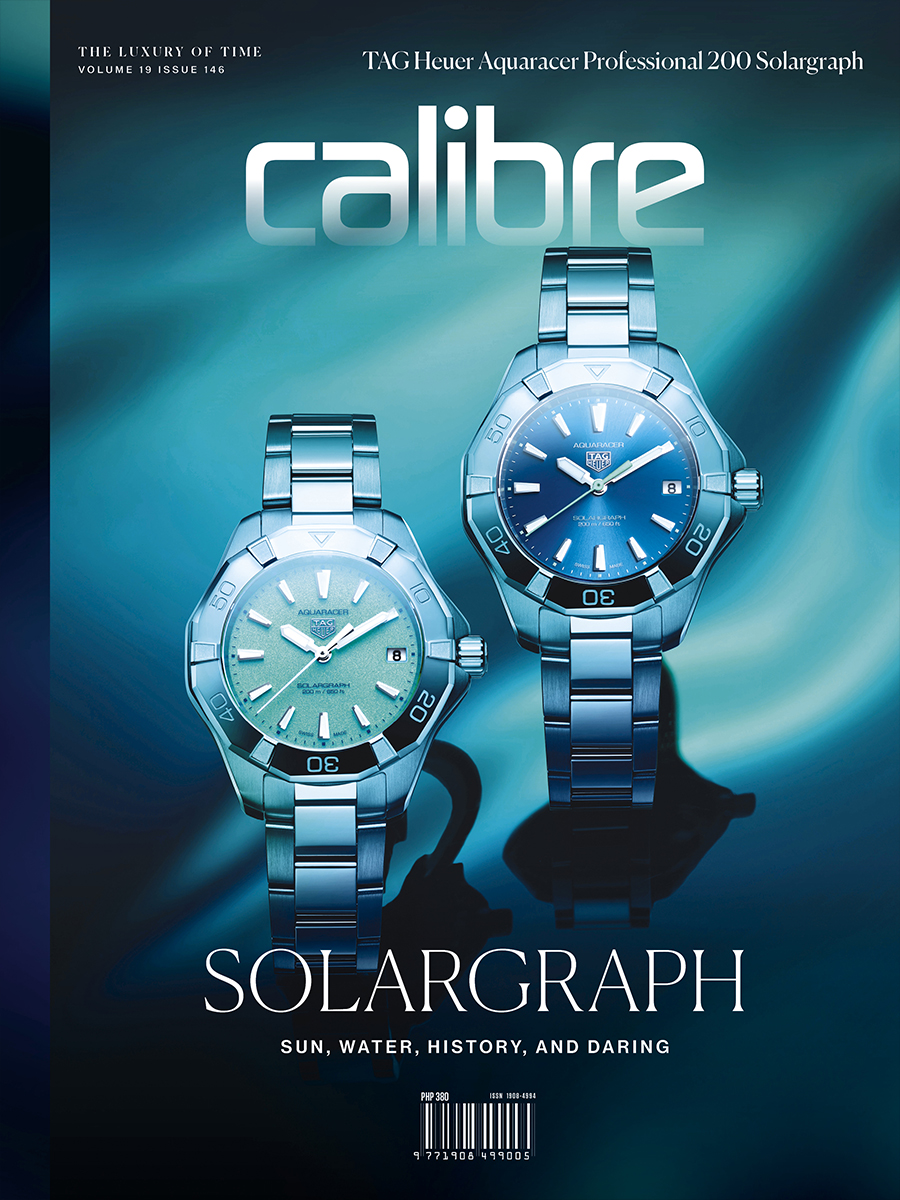WHY it happens, it’s likely no one knows for sure; even Galileo was said to have been stumped upon observing it, then ascertaining that, yes, two pendulums placed near one another will always eventually swing in sync. The phenomenon, also observed by other scientists, came to be known as resonance, and one trait it is known to exhibit (among others) is this capacity for one oscillating mass to somehow influence the other, causing both to move in a synchronized manner.
Recognizing a good regulator when they see one, the pendulum was something too irresistible for watchmakers (or clock makers, to be precise) to pass up on — they’re quite a clever bunch, after all. But the truly geeky among them (Abraham-Louis Breguet is always mentioned) also built watches relying on the resonance principle, with two balance mechanisms coupled in one way or another. In more recent times, like a couple of years ago (as opposed to a couple of centuries ago), F.P Journe, Beat Haldimann and Armin Strom have distinguished themselves by putting out this high horology complication.
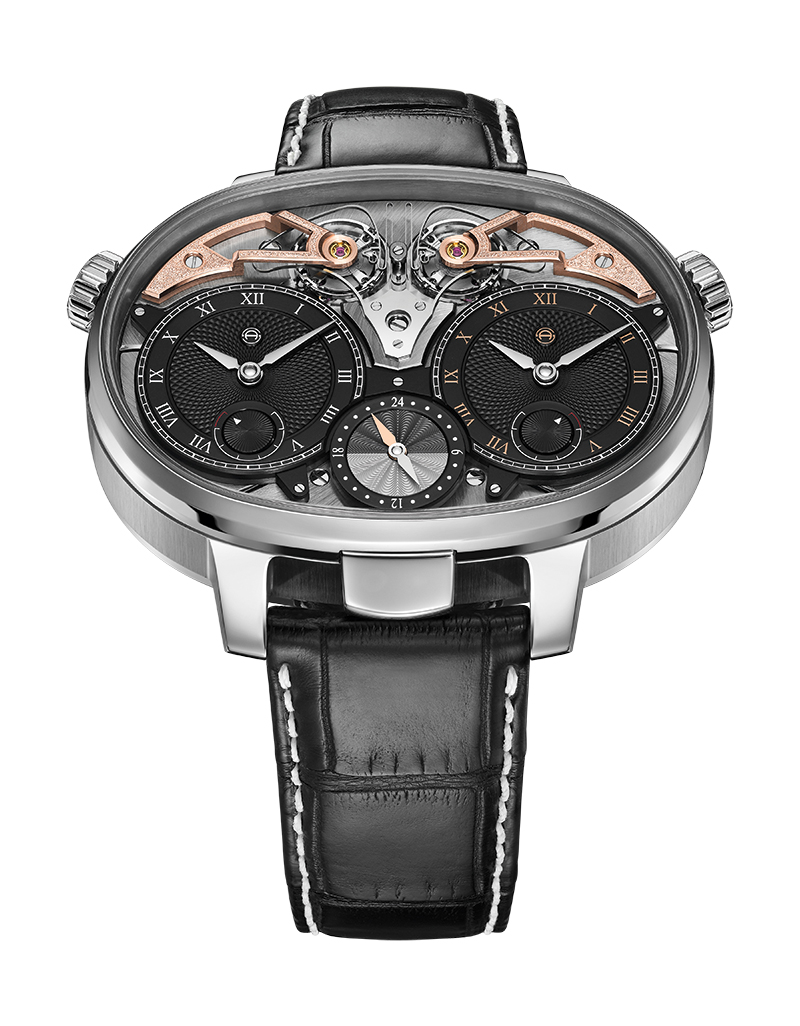
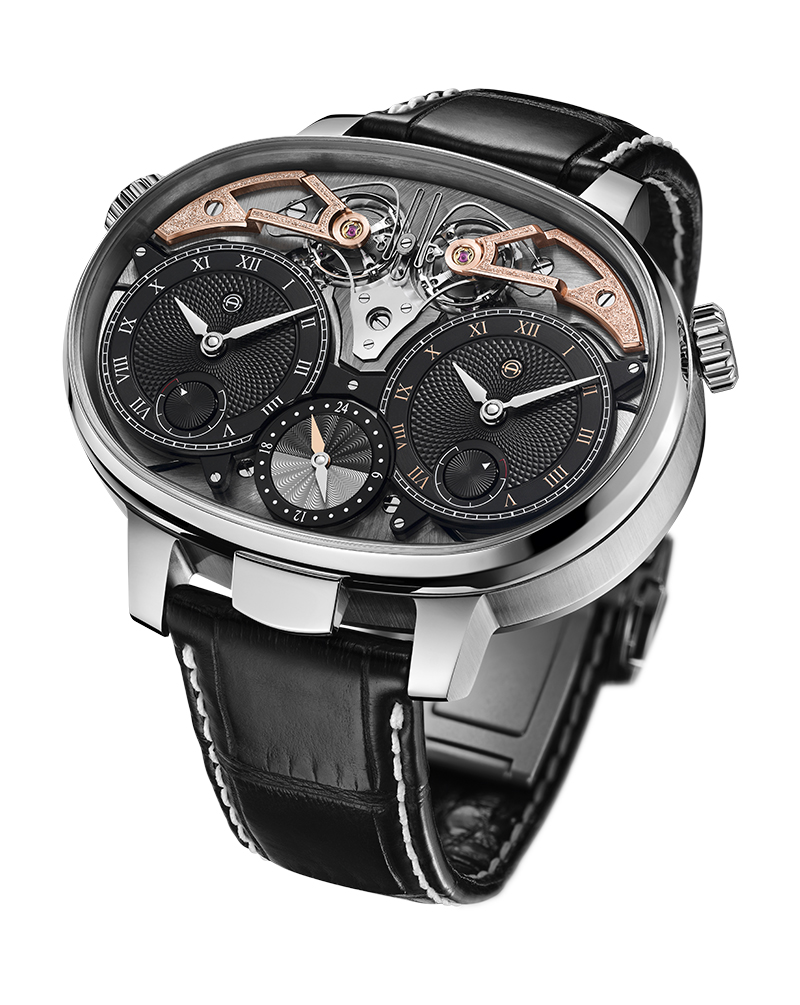
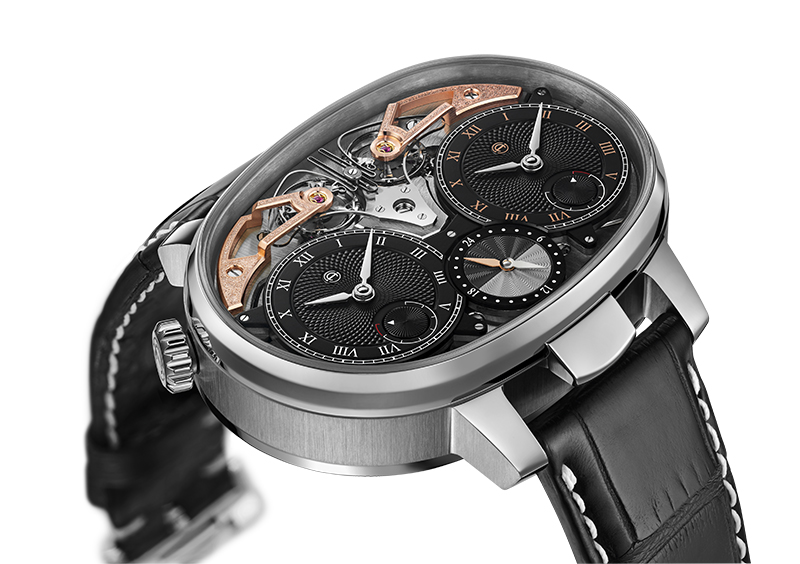
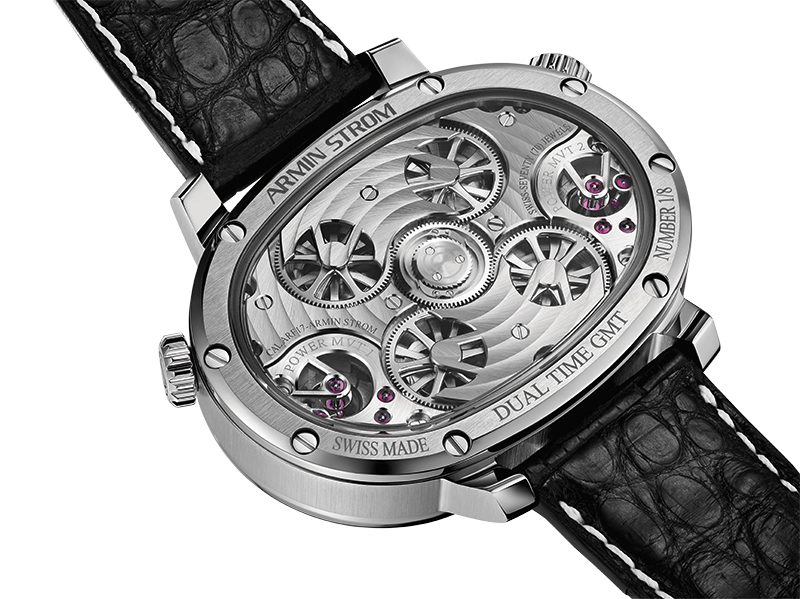
Armin Strom unveiled in 2016 its Mirrored Force Resonance, whose balance wheels were linked together by the brand’s patented Resonance Clutch Spring. Now, Armin Strom has followed up on this with the introduction of its new Dual Time Resonance Masterpiece 1, limited to only eight examples.
The difference between the timepieces? The latest watch has two movements propped by a single mainplate, each having an oscillator, a pair of barrels and a set of gear train. The two movements sit beside each other within an imposing — think 59 millimeters across, 43.4 millimeters top to bottom — oval case fashioned from titanium, with their regulators fused together by the trick clutch spring.
This gizmo, by the way, was the result of three years’ worth of research and development, prompting Armin Strom co-founder and technical director Claude Greisler to say; “Developing a perpetual calendar or tourbillon would have been far easier than the years we spent
calculating and validating the Resonance Clutch Spring.”
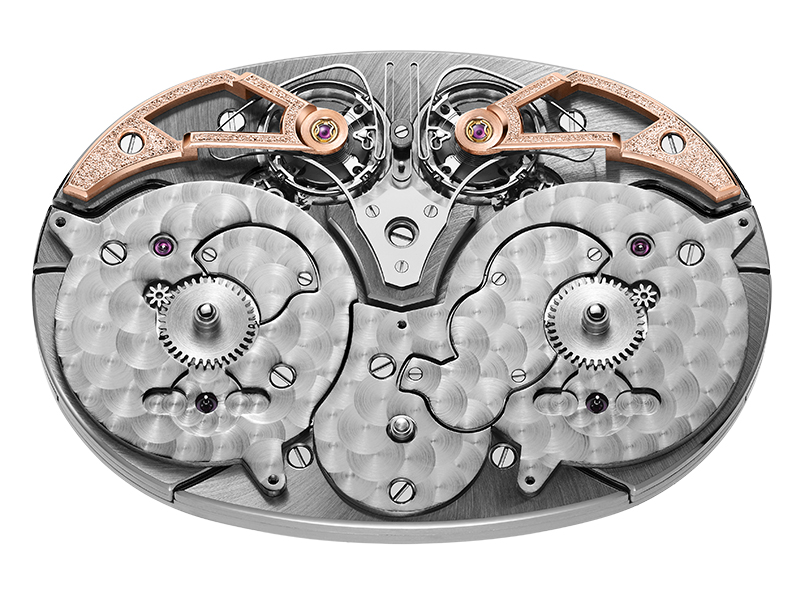
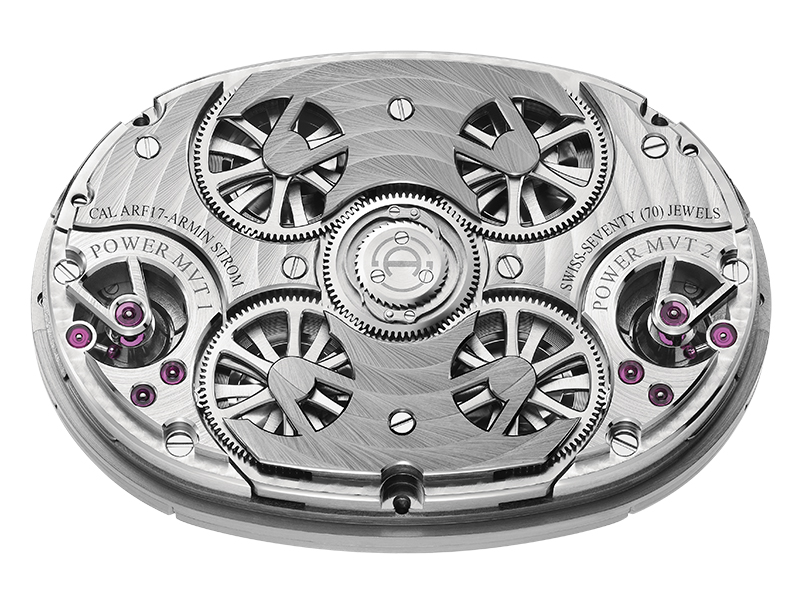
The two independent movements this clutch joins display two time zones (Armin Strom points out this in-house, handwound calibre AFR17 is not simply one movement with two displays). Each of the time zones has a corresponding 24-hour indicator on a small dial straddling the two large ones. Each also gets a power reserve indicator.
Incidentally, the two movements can store energy enough for about 110 hours when they are fully wound. Such broad power band is an inherent quality of timepieces relying on resonance, explains Armin Strom. Apparently, while energy coming from vibrations created by the balances is lost in conventional regulators, this is conserved in the resonance system. Surely, the recognized benefits of having conjoined oscillators — each cancels out the slight variation in rate of the other, improving both precision and stability — couldn’t hurt either. Well, the Dual Time Resonance Masterpiece 1 is a COSC-certified chronometer, allowing it to further resonate with horologic prowess of the sort that would have stumped even someone like Galileo.

